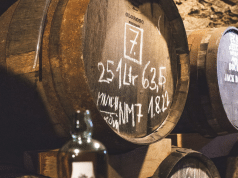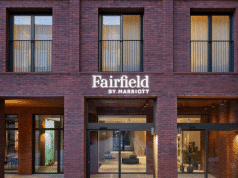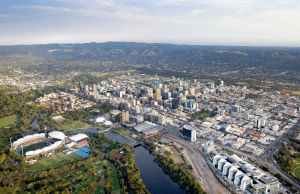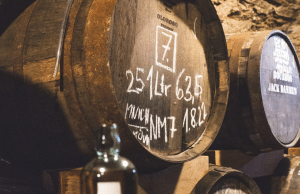The Back Story: The World’s Largest Dome
The foundations of what would eventually become Messe Wien were laid in 1873 when the Austrian capital became the first city in the German-speaking countries to host the World Expo. In preparation for this monumental international event, gigantic exhibition space was built in the Prater park with the legendary Rotunde building at its heart: towering some 84 meters above the ground and spanning 108 meters, it featured the largest dome in the world at the time. The superlatives associated with this record-setting space also extended to the exhibits on display inside.
After the World Expo, the area continued to showcase the latest breakthroughs, pioneering ideas and examples of progressive thinking. Anyone wanting to see what the future had in store would end up at the venue in the Prater sooner or later. Particularly in 1883, when it hosted the International Electrical Exhibition, a pioneering event designed to show the public the new possibilities opened up by the medium of electricity. The first International Ornithological Congress (1884) and the first World Congress of the International Union of Forest Research Organizations (1893) were also hosted here. Thanks to the Congress of Vienna of 1814 and 1815, Vienna already had an outstanding reputation as an established congress destination.
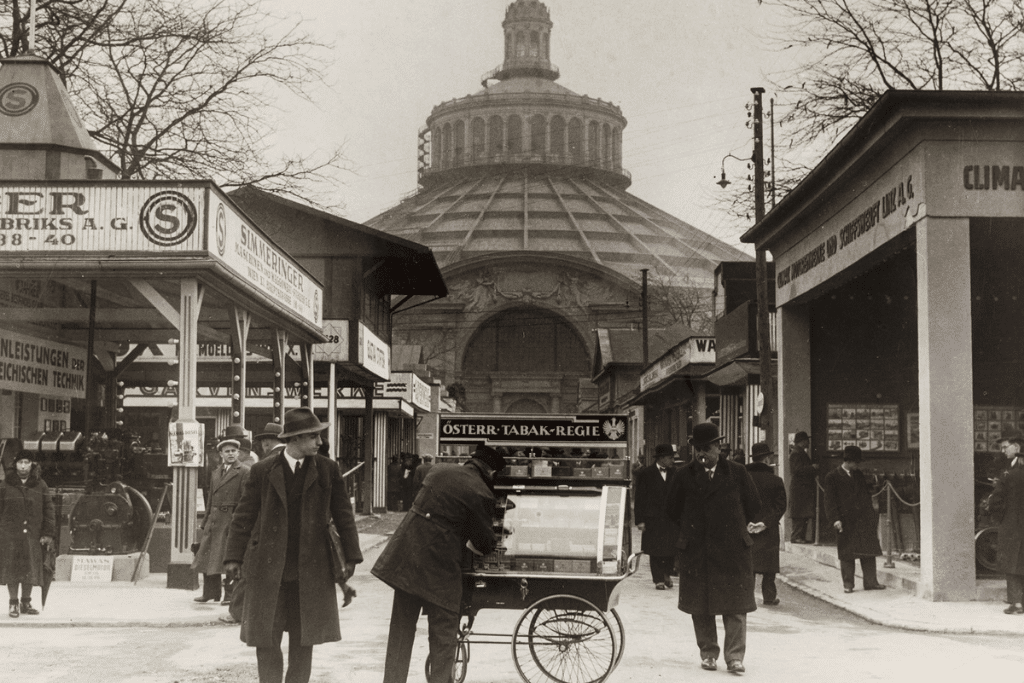
The Early Years: Upturn & Major Fire
It stood to reason that the area would retain its focus on fairs and exhibitions after fall of the monarchy and the end of the First World War. In the late 1920s, the fair and exhibitions committee was reconstituted. The official formation of Wiener Messe in its present-day guise came in fall 1921 with the first Wiener Internationale Messe. The Rotunde building was also adapted to reflect the new circumstances. Vienna was a proud exhibition destination once again. But 1937 brought catastrophe. A devastating fire razed the Rotunde to the ground. A new south hall was erected under the Nazi regime, complete with monolithic south portal. During the Second World War, autumn fairs were held at the site each year.
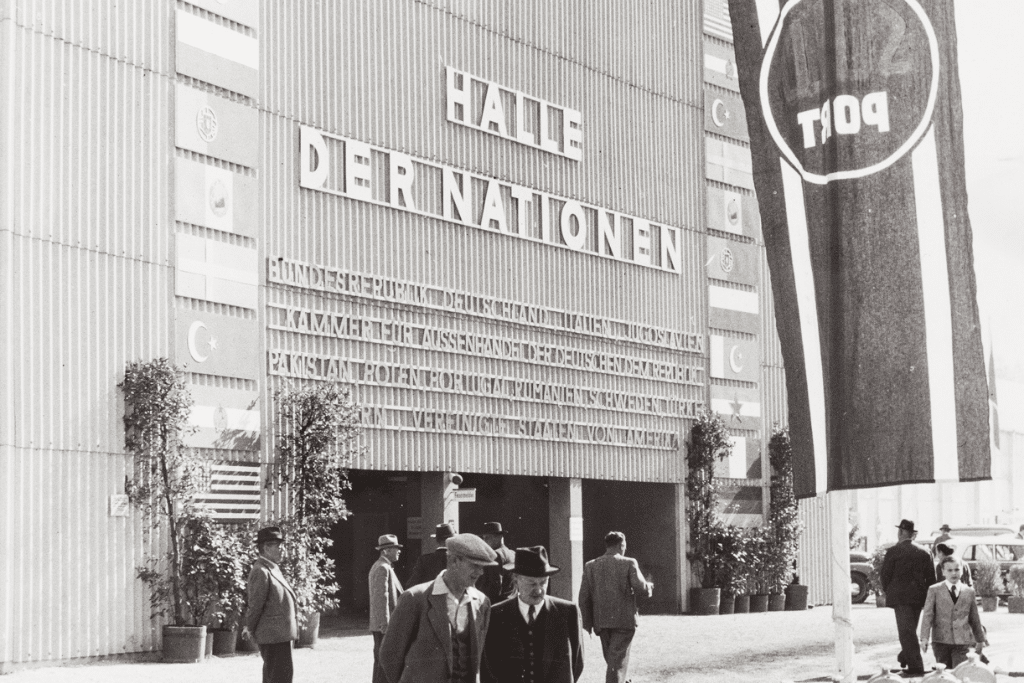
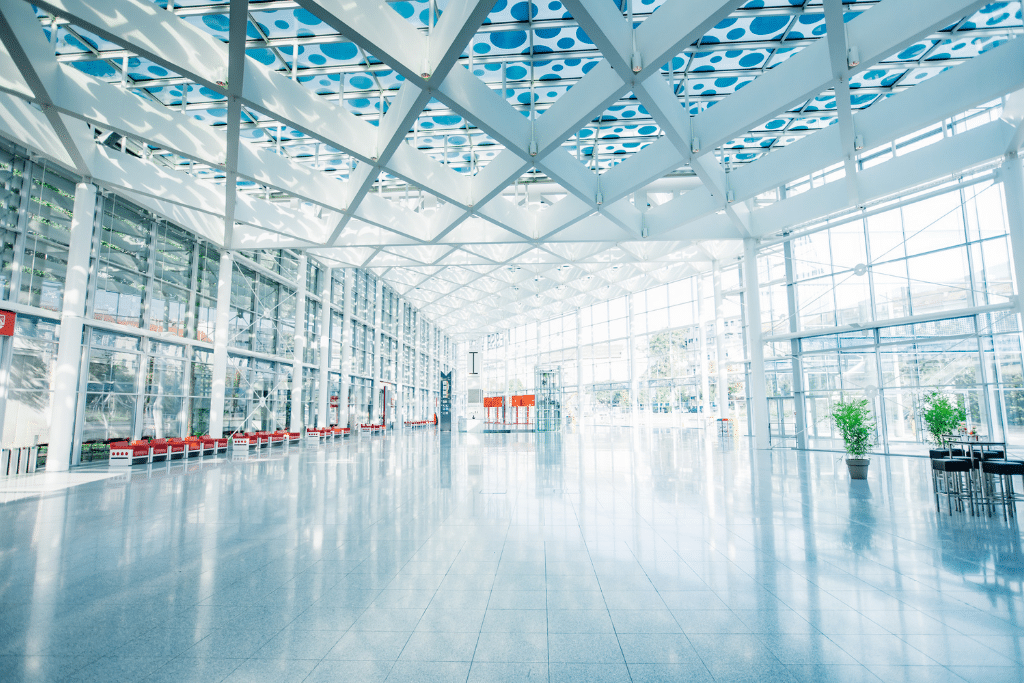
A Successful Story
The new Messe Wien Exhibition Congress Center opened at the start of 2004. In 2001, Reed Exhibitions took over as the exclusive operator of the site. Reed Exhibitions has operations in more than 40 countries, making it the world’s second large fair organiser. The transfer of responsibility triggered a wave of important developments for Meeting Destination Vienna, such as bringing the annual congress of the European Society of Cardiology – Europe’s largest medical congress – to the capital in 2007, when more than 22,000 participants and 5,600 exhibitors converged on the city. A year earlier, Messe Wien Exhibition & Congress Center hosted the Latin America Summit during Austria’s rotating Presidency of the Council of the European Union.
One of the more recent highlights came in 2018 with the 36th Congress of the European Society of Cataract and Refractive Surgeons (ESCRS), which played out at the venue in parallel with two other events (EURETINA – European Society of Retina Specialists and EuCornea – European Society of Cornea & Ocular Surface Disease Specialists), attracting a total of around 19,000 participants. Other well-known and established fairs include Ferienmesse, Bauen + Wohnen, Hohe Jagd & Fischerei and Alles für den Gast. Another factor behind the venue’s success was added in 2008 when Messe Wien Exhibition & Congress Center got its very own stop on the newly expanded U2 subway line.

Pandemic Sparks Fresh Approaches
The site reaffirmed its status as an essential element of the capital’s infrastructure once again during the pandemic. In 2020, Messe Wien Exhibition & Congress Center was transformed into a medical care facility comprising testing and vaccination lanes. The shift from in-person towards online and hybrid events as a result of the pandemic led to the creation of additional digital concepts in 2020 and the installation of a state-of-the-art broadcasting studio for congresses and meetings. Messe Wien subsidiary STANDout also offers a virtual site for organisers looking to host events at the Messe Wien Exhibition & Congress Center. Accompanied online by the Messe Wien team, the halls and spaces can be reconfigured in real-time to show a range of seating layouts and individual settings.
Learn more about the story behind Messe Wien here.




